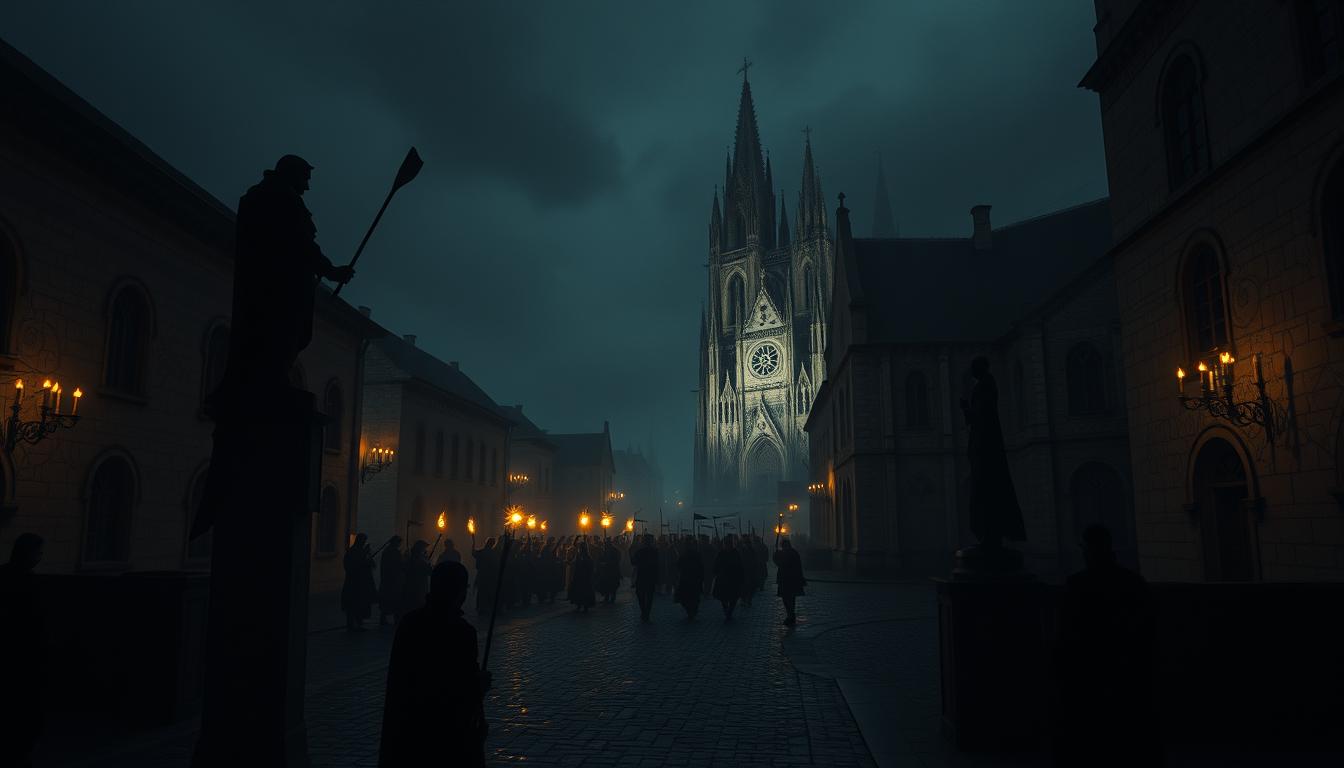Valentine’s Day is often seen as a celebration of love, romance, and heartfelt wishes. But its origins tell a very different story. Rooted in ancient Roman rituals and early Christian martyrdom, this holiday has a history that’s far from sweet.
Long before cards and flowers became symbols of the day, brutal practices shaped its beginnings. Ancient Roman festivals, like Lupercalia, involved rituals that were both violent and mysterious. These traditions laid the groundwork for what would later become Valentine’s Day.
Local Legends and Rituals in South Africa and Argentina
South Africa has a unique tradition where women pin the names of their loved ones on their sleeves. This public declaration of affection adds a bold twist to the holiday. In Argentina, the celebration extends over a week, known as “Semana de la Dulzura.”
During this week, people exchange sweets and share kisses. These rituals reflect the region’s emphasis on warmth and connection. Both countries showcase how local legends and practices enrich the holiday.
The Influence of Roman and Medieval Practices on Today’s Celebrations
Many modern traditions trace back to ancient Roman and medieval practices. The festival of Lupercalia, with its focus on fertility, laid the groundwork for today’s celebrations. Over the centuries, these rituals evolved, blending with Christian influences.
Figures like Saint Valentine played a key role in shaping the holiday’s meaning. His story of love and sacrifice continues to inspire. The enduring influence of these practices highlights the deep historical roots of Valentine’s Day.
From ancient Rome to modern times, the holiday has transformed while retaining its core themes. Whether through playful gifts or heartfelt gestures, love remains at the center of this global celebration.
Conclusion
From ancient rites to modern romance, this holiday has a layered history. What began as the brutal feast lupercalia, aimed to make fertile, has transformed into a celebration of love. Over years, stories of valentine terni and heartfelt letters reshaped its meaning.
Today, it’s a blend of global traditions and personal gestures. While some honor its roots, others embrace its commercial side. Reflecting on this journey adds depth to how we celebrate.
Understanding its past helps us appreciate its present. Whether through gifts or quiet moments, this holiday reminds us of love’s enduring power. Its evolution is a testament to how history and culture shape our lives.
